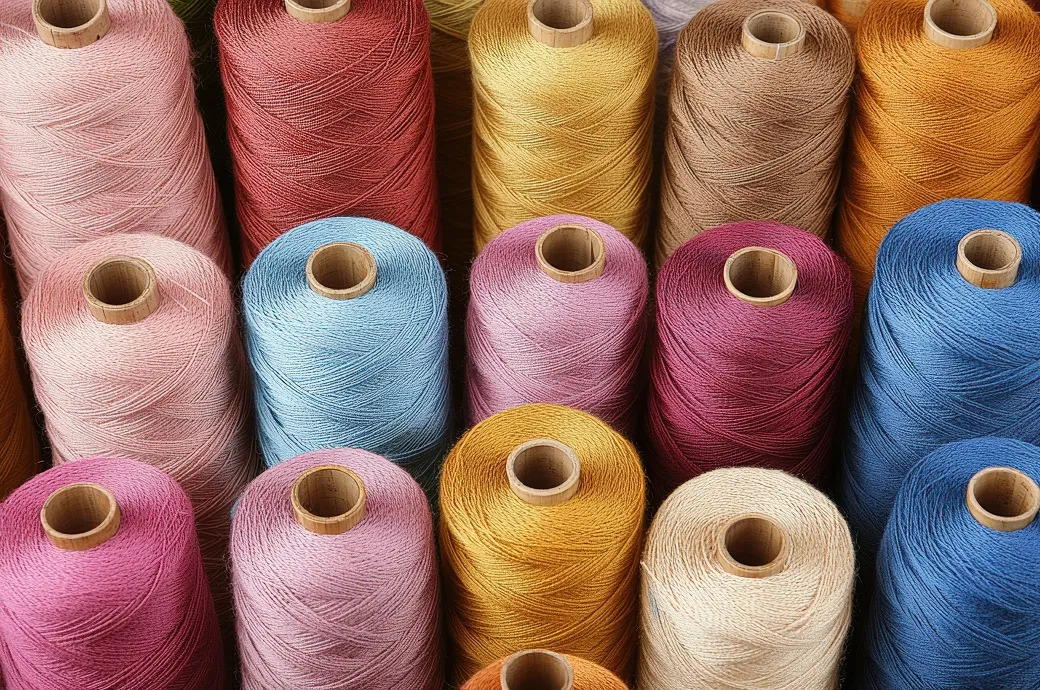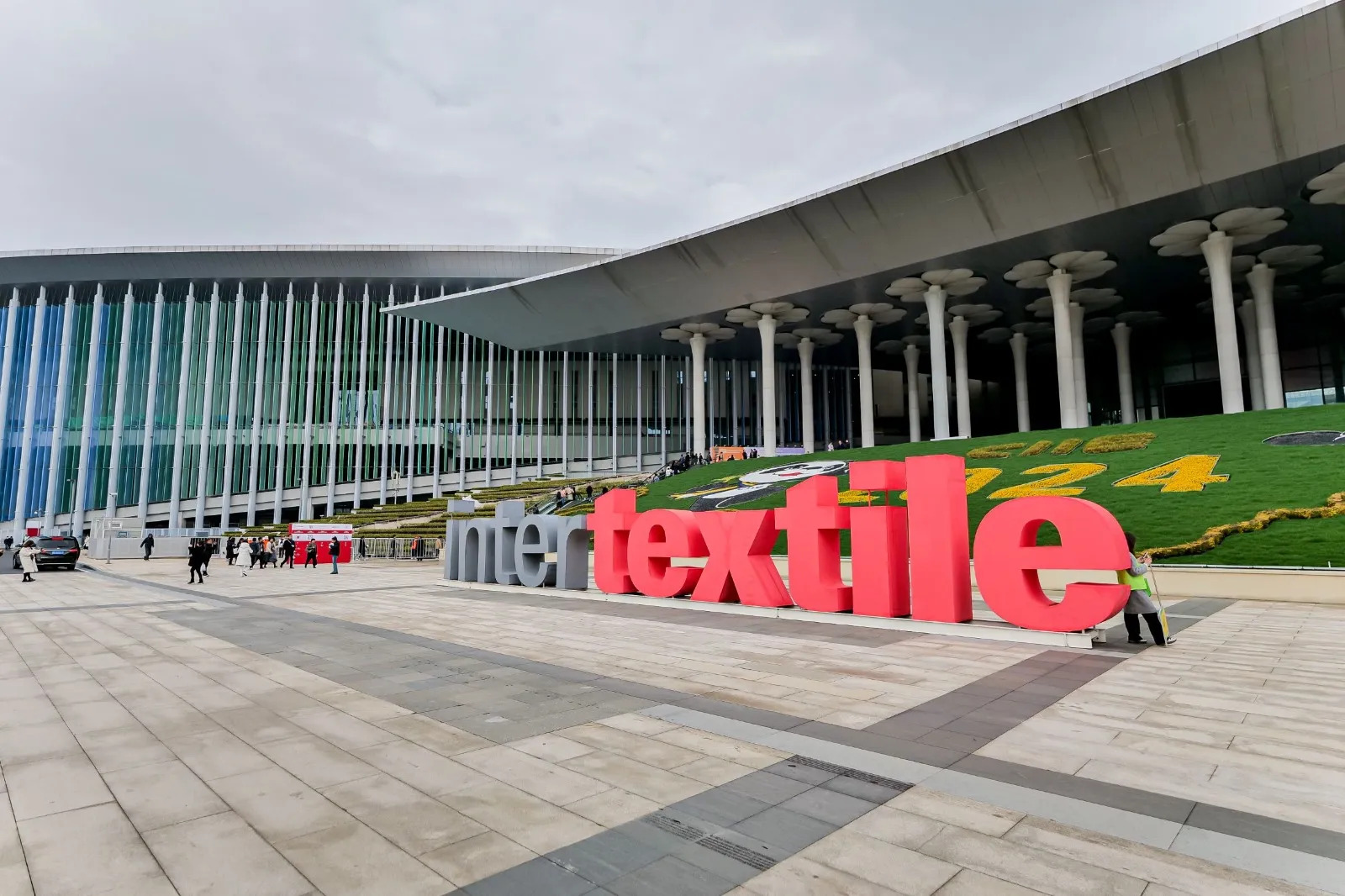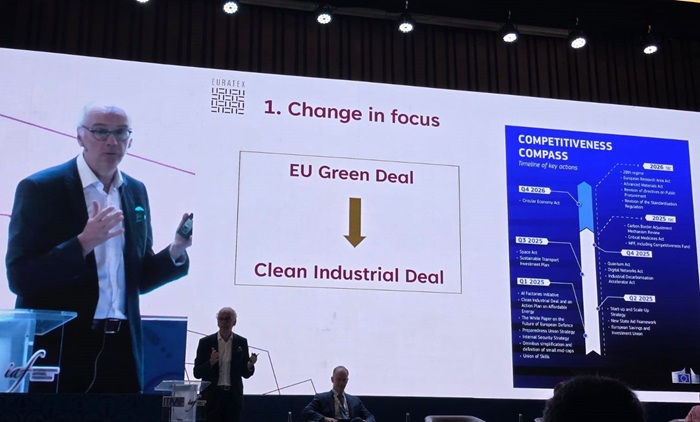Fashion is one of the largest industries in the world, producing 100 billion garments a year.
The fashion industry is one of the biggest contributors towards the global economy. It aids millions of jobs around the world. Overall fashion consumption is predicted to rise 63 per cent between 2017 and 2030, with increasing demand from developing countries.
This growth comes at a huge environmental cost. If growth in fashion continues along its current trajectory, by 2050 the textile industry would account for around a quarter of the world’s total allowable carbon emissions.
In order to circumvent the eco impact, leading companies are coming up with sustainable solutions to chart green growth. Nonetheless, progress from the wider fashion sector has remained slow. Brands are proving particularly slow to act in regards to their recruitment processes, worker voice policies and supply chain traceability. Although millennials vouch for sustainable fashion and social change, the eco-friendly factor of a fashion product are often dominated by factors such as price and value. Even though the generation favors sustainable apparel and accessories, the industry is not providing them with sufficient choices that also meet their most important criteria for making a purchase. Fast fashion in particular has been associated with unsustainable practices -– miserable working conditions, unlivable wages, environmental degradation and pollution.
The fallouts of exponential growth in fashion consumption
- 1
- 2
- 3
- 4
- 5
- 6
- 7
- 8
- 9
- 10
Blueprint 2030: India’s textile industry charts a $100 bn export mission
When India’s Ministry of Textiles unveiled its four-point action plan recently, it wasn’t just another policy announcement it was a... Read more
Cheaper Indian yarn threatens Bangladesh’s textile backbone
Bangladesh's yarn and textile manufacturing sector is facing a severe crisis, primarily due to a price gap between locally produced... Read more
Threadbare Peace: Why the US-China textile truce freezes pain instead of fixing …
The historic economic understanding between US President Donald Trump and Chinese President Xi Jinping, reached in Busan last week, may... Read more
German Textile and Fashion Industry demands SME friendly procurement rules
The German Textile and Fashion Industry Federation (Gesamtverband textil+mode) is urgently warning the German Bundestag about the potential negative consequences... Read more
Intertextile Shanghai Spring 2026: Driving fashion’s future AI and sustainabilit…
As the global fashion supply chain rapidly evolves through technological advancements, China continues to cement its role as a leader... Read more
H&M Foundation and Accenture warn incremental change can’t save fashion’s cl…
A new report from the H&M Foundation and Accenture reveals that the fashion industry has reached a critical inflection point,... Read more
A Stitch in Time: How circular fashion is moving from niche to the norm
Once considered a fringe movement, circular fashion is rapidly becoming a mainstream business reality. The linear model of ‘take, make,... Read more
H&M invests in AltMat to scale India’s Next-Gen fiber innovation
In a defining move for India’s sustainable fashion ecosystem, H&M Group Ventures has made its first textile investment in the... Read more
EURATEX Director General pitches "New Business Model" at textile confe…
The global textile and apparel value chain is at a critical juncture, requiring a fundamental shift in its operating philosophy.... Read more
From Runway to Atmosphere: When clothes begin to clean the air
At Paris Fashion Week, Stella McCartney once again blurred the line between fashion and science. Her latest innovation, denim that... Read more












